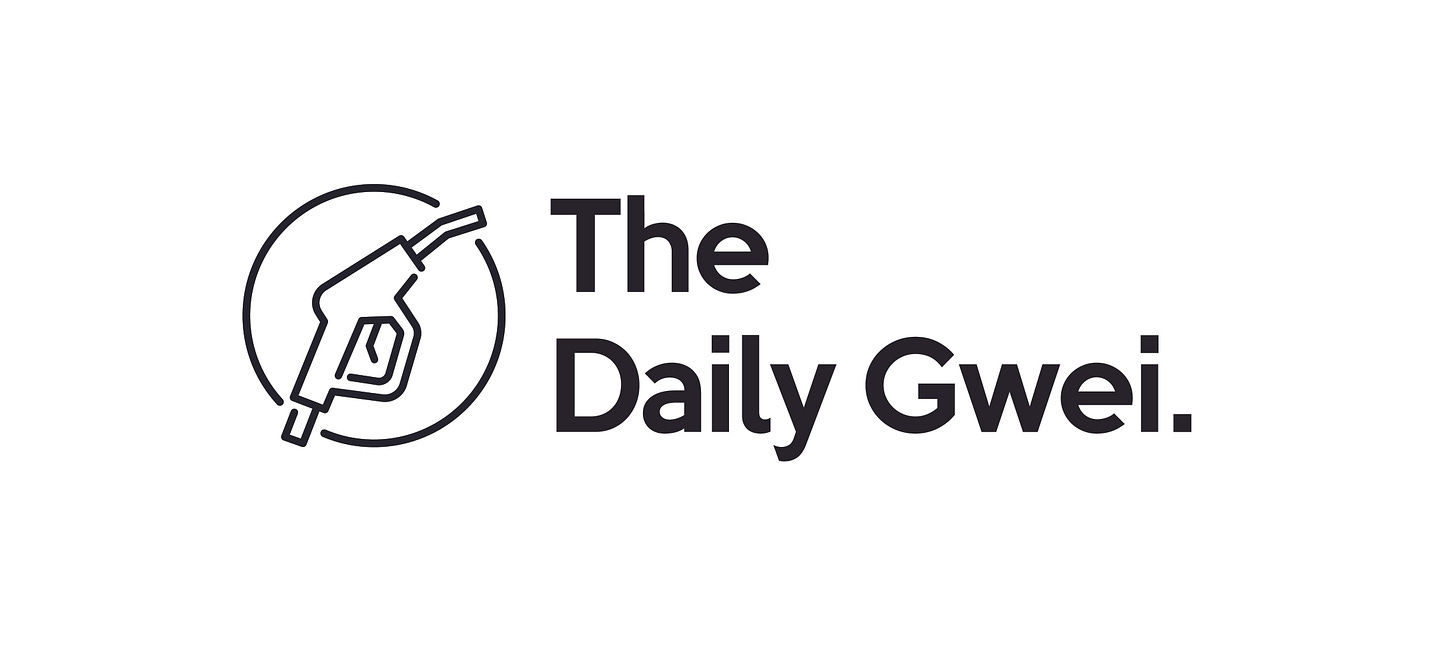
Ethereum is a platform for many different things - DeFi, DAOs, NFTs, coordination games and more. It’s also a platform for upgrading your assets by making them programmable. The most used assets on Ethereum are USD stablecoins which are essentially “upgraded dollars” that can do much more than USD in the traditional financial system. Yesterday, the team behind USDC announced that they have upgraded USDC to a version 2 that allows for gasless transactions and allowing dapps/wallets to charge fees in USDC.


Now, imagine trying to upgrade US dollars/fiat in a bank account - it simply can’t be done because these dollars are not programmable. I like to call them “boomer dollars”. Now, with any asset on Ethereum (not just stablecoins), they can be upgraded or mutated rapidly to do all kinds of different things. Let’s just take stablecoins as an easy example here. Say you have some DAI, you can deposit it into the Curve Y pool to mutate it into yCrv which is a yield-bearing instrument backed by a pool of USDC, DAI, USDT and TUSD. Now, with this yCrv, you can do a bunch of different things. You could provide it as liquidity to a Uniswap or Balancer pool against another asset (such as USDC or ETH) to earn trading fees. Or you could stake it in Curve’s DAO to farm CRV tokens. Or you could put it into a Yearn vault to automate the farming of CRV from Curve. Neat, huh?
Now, imagine doing literally any of what I mentioned above in the traditional financial system using boomer dollars. Where would you even start? I guess you’d go to your bank/credit unions website and have a poke around to see what they offer. They probably have a bunch of services like a long-term savings account to earn a tiny yield and they’ll have some sort of “portal” to buy equities from. I’ve personally done this experiment before using my bank and it was a complete pain and oh so boring - it felt like I had gone back to using the internet in the 90’s. Oh and of course it’s all 100% custodial too - yay!
This goes beyond just dollars of course. We have plenty of assets on Ethereum that can be leveraged in a variety of ways. We can use ETH as trustless collateral to borrow other assets against, use tokens like COMP and CRV to participate in their respective protocols governance, bring foreign assets such as BTC over to tokenize them and much more. We can also easily spin up brand new assets in minutes that can interact with all of the other assets and protocols on Ethereum from the get-go.
The overall point I’m trying to make here is that we are no longer limited by the old world system in what we can do with our money and assets. The design space within Ethereum and DeFi is quite literally limited only by the imagination of humanity. That may sound a bit hyperbolic but I truly believe it - what other platform lets you pack decades of financial innovation into a few months? None.
Have a great weekend everyone,
Anthony Sassano
All information presented above is for educational purposes only and should not be taken as investment advice.



